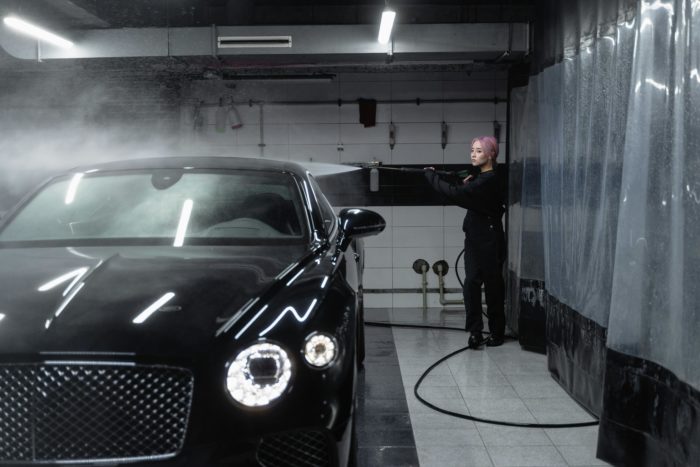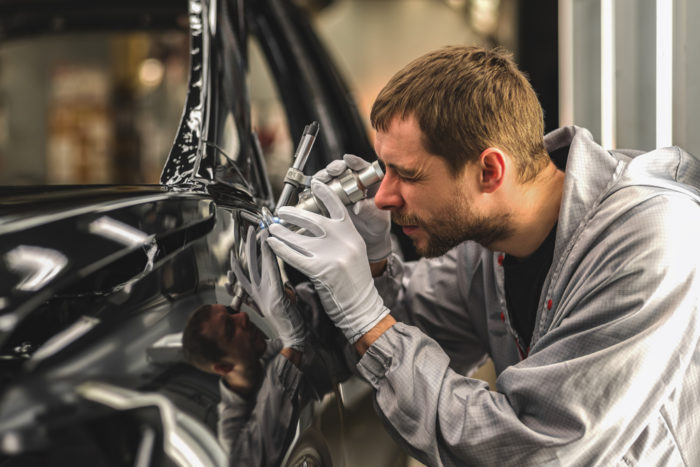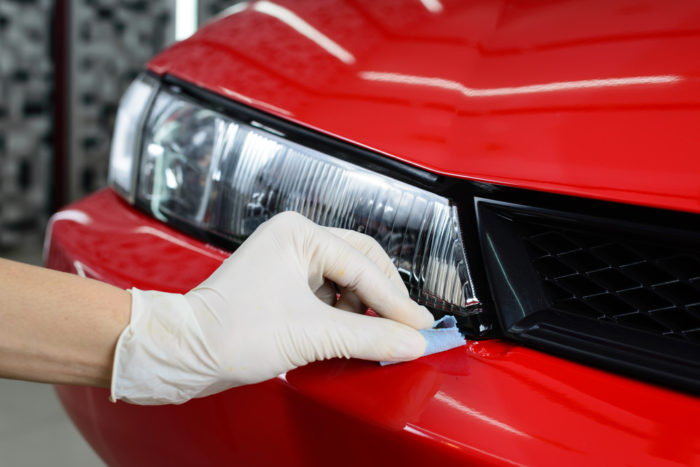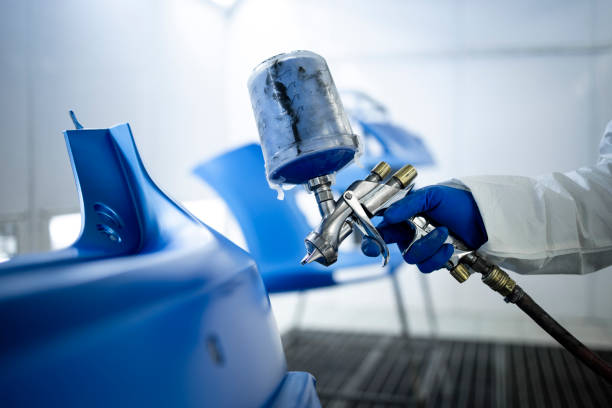Should I Sand My Car Before Painting?
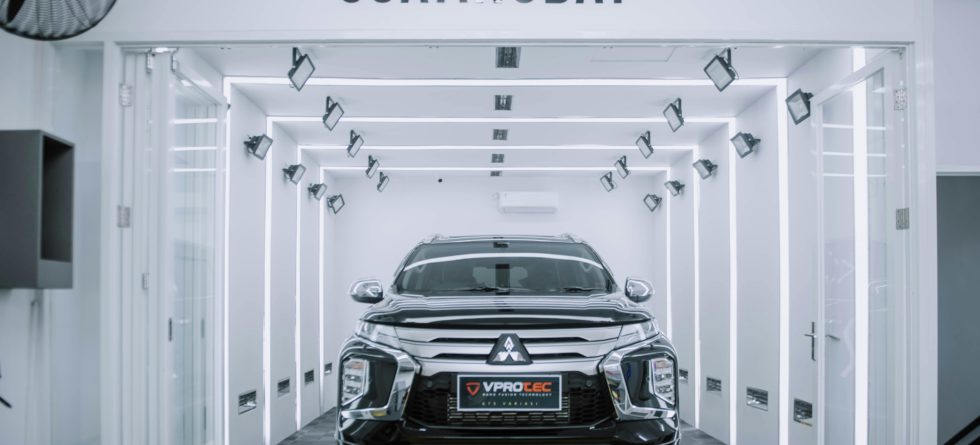
Yes, sanding your car before painting is a step in the painting process.
Sanding serves several critical purposes…
- Surface Preparation – Sanding removes the old paint’s gloss, creating a surface that the new paint can adhere to more effectively. Without proper sanding, new paint may not stick well, leading to peeling, flaking, or a dull finish.
- Smoothness – It helps smooth out scratches, dings, and other surface imperfections. This ensures that the new paint goes on smoothly and looks even.
- Rust and Damage Removal – Sanding can also remove surface rust and help identify deeper corrosion or damage that needs to be repaired before painting.
- Better Paint Finish – Properly sanded surfaces will hold paint better, resulting in a more durable and visually appealing finish.
Here are the general steps and best practices for sanding your car before painting…
- Cleaning – Begin with thoroughly washing the car to remove dirt, grease, and other contaminants. Any residue on the car’s surface can interfere with sanding and painting.
- Removing Rust – If there’s rust, use a wire brush or sandpaper to remove it. For severe rust, you might need to replace the affected metal.
- Sanding Process – Start with a coarse-grit sandpaper (e.g., 400-grit) for the initial sanding to remove the old paint and surface imperfections. Then, use progressively finer grits (up to 600-800 grit) to smooth the surface. For areas requiring precision or for difficult-to-reach spots, hand sanding might be necessary.
- Feather Edging – This involves blending the edges of scraped or damaged areas smoothly with the surrounding surface to ensure an even layer of paint across the entire body.
- Priming – After sanding, the car should be cleaned again to remove all dust and particles. Then, apply a primer to ensure the paint adheres well and to improve the longevity of the paint job. After priming, you may need to sand again lightly with very fine sandpaper (e.g., 1000-1200 grit) to prepare for the paint.
- Safety Measures – Always wear protective gear when sanding, such as a dust mask or respirator, safety glasses, and gloves to protect yourself from dust and chemicals.
Sanding is a labor-intensive process but for a successful paint job. Skipping this step or doing it improperly can result in a poor-quality finish that may need to be redone much sooner than anticipated. For the best results, especially if you’re aiming for a professional-looking finish, taking your time with the preparation stage is key.


